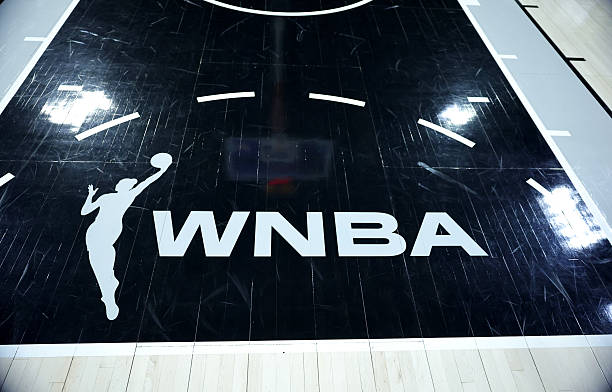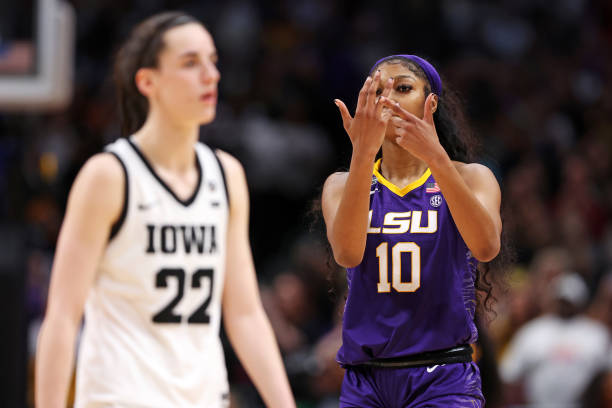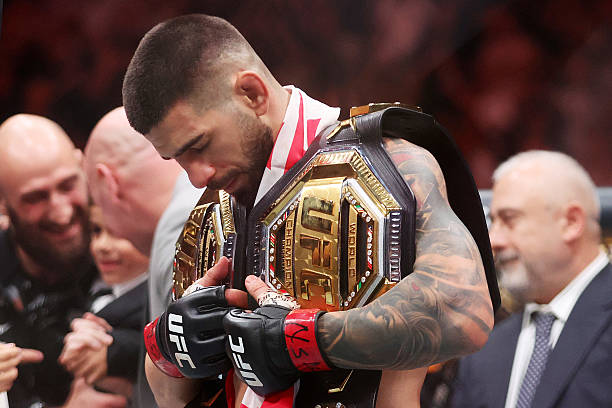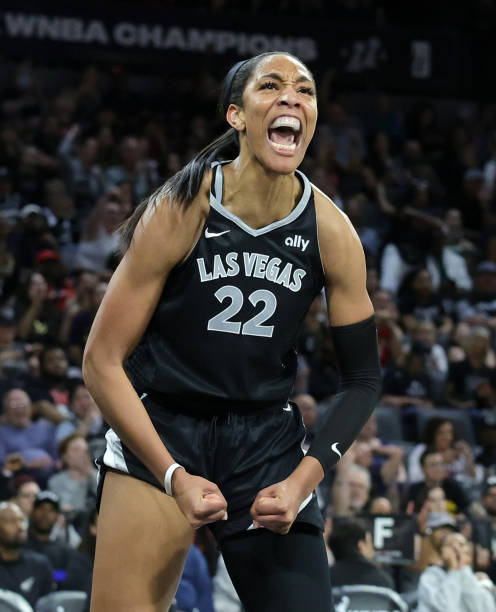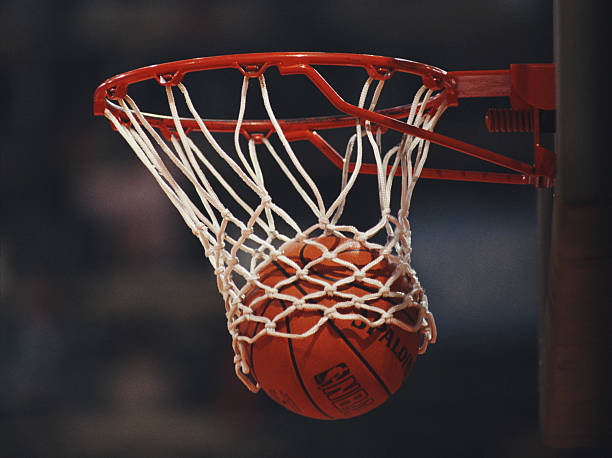The Women’s National Basketball Association (WNBA) recently announced a historic expansion plan that will see three new teams joining the league in Cleveland (2028), Detroit (2029), and Philadelphia (2030). This move will bring the total number of teams to 18, surpassing the previous high of 16 teams from 2000-2002. WNBA Commissioner Cathy Engelbert emphasized the growing demand for women’s basketball and the league’s momentum, stating, “The demand for women’s basketball has never been higher, and we are thrilled to welcome Cleveland, Detroit, and Philadelphia to the WNBA family.”
As the league embarks on this ambitious expansion, several key questions arise about its future. This article will explore these questions in detail, providing insights into the potential challenges and opportunities ahead.
Is the Expansion Too Ambitious?
The WNBA’s journey to expansion began years ago under Commissioner Engelbert’s leadership. However, the COVID-19 pandemic disrupted plans, leading to shortened seasons in 2020 and 2021. By 2022, the league had raised $75 million in capital, reigniting expansion talks. The success of the Golden State Valkyries, the first expansion team since 2008, further fueled the league’s growth. The Valkyries’ debut season saw significant on-court and off-court success, paving the way for additional expansion.
The decision to add three new teams in quick succession raises concerns about whether the league is expanding too rapidly. Historically, the WNBA experienced rapid growth in its early years, expanding from eight teams in 1997 to 16 teams by 2000. This rapid expansion led to contraction in later years, with the league shrinking to 12 teams by 2010. While the current league is in a stronger position than in the early 2000s, the swift addition of multiple teams could lead to growing pains.
FAQ: Is the League Prepared for Rapid Expansion?
Q: How will the league manage the influx of new teams?
A: The league will need to carefully manage resources, ensure strong leadership in new franchises, and maintain competitive balance. The success of the Golden State Valkyries provides a blueprint, but challenges remain, especially with the Portland team still lacking key leadership and a team name.
How Will Consecutive Expansion Drafts Work?
Expansion teams necessitate expansion drafts, which will become an annual event over the next few years. The schedule includes:
-
2024: Golden State expansion draft (completed)
-
2025: Toronto and Portland dual expansion draft
-
2027: Cleveland expansion draft
-
2028: Detroit expansion draft
-
2029: Philadelphia expansion draft
Five expansion drafts in six years pose significant logistical challenges. Teams must prepare extensively for these events, which can alter the trajectory of both the individual franchises and the league as a whole. The upcoming dual expansion draft for Toronto and Portland in 2025 raises several questions:
-
Which team will get the first pick?
-
Will they alternate picks or use a snake format?
-
How many players will existing teams be able to protect?
-
How will the 2026 free agency impact these drafts?
FAQ: How Will the League Ensure Fairness in Expansion Drafts?
Q: What measures will the league take to ensure fairness in the expansion drafts?
A: The league will need to establish clear rules and guidelines for each draft, ensuring transparency and fairness. Communication with players and teams will be crucial to manage expectations and avoid unintended consequences.
Conference Realignment and Playoff Format Changes
The WNBA has traditionally used an Eastern and Western Conference structure, but these have become less relevant since the 2016 playoff format change. The current format allows the top eight teams to make the playoffs, regardless of conference affiliation. This system has been successful, ensuring that the best teams compete in the Finals.
With the addition of new teams, conference realignment will be necessary. The Valkyries are placed in the Western Conference, with Portland expected to join them in 2026, and Toronto in the Eastern Conference. However, the imbalance between the conferences will become more pronounced as Cleveland, Detroit, and Philadelphia join. This could lead to further realignment, potentially moving a current Eastern Conference team like the Chicago Sky to the West.
FAQ: What Changes Can We Expect in the Playoff Format?
Q: Will the number of playoff teams increase with expansion?
A: The league may consider increasing the number of playoff teams as it expands to 18 teams. The timing of such a change, whether in 2028 or 2030, remains uncertain. The league may also revisit the current playoff format, potentially returning to a more traditional conference-based system.
A New Schedule: Balancing Games and Rest
Last year, Commissioner Engelbert announced significant changes to the schedule, expanding the regular season from 40 to 44 games and extending the Finals from a best-of-five to a best-of-seven. These changes have been met with mixed reactions from players, who are concerned about the impact on rest and recovery.
As the league expands to 18 teams, scheduling more games will become increasingly challenging. The current 44-game season already strains the May to October timeline, and adding more games would require significant adjustments. Players’ participation in international leagues and other commitments further complicate the scheduling process.
FAQ: How Will the League Address Scheduling Concerns?
Q: What are the potential solutions to scheduling more games?
A: The league may need to consider extending the season timeline or negotiating a new collective bargaining agreement (CBA) that allows for more games. Balancing player workload with league expansion will be a critical challenge.
Collective Bargaining Agreement (CBA) Talks
The Women’s National Basketball Players Association (WNBPA) opted out of the current CBA, which runs through the end of the 2025 season. The upcoming negotiations for a new CBA, expected to be in place for the 2026 season, will be crucial. WNBPA President Nneka Ogwumike emphasized the need for transformative change, stating, “Opting out isn’t just about bigger paychecks — it’s about claiming our rightful share of the business we’ve built.”
The league’s expansion plans could impact CBA negotiations. While Commissioner Engelbert hopes that expansion will not affect these talks, players’ reactions suggest otherwise. The success of the league’s expansion will depend on finding a balance between growth and player satisfaction.
FAQ: How Will Expansion Impact CBA Negotiations?
Q: What are the key issues players are focusing on during CBA negotiations?
A: Players are advocating for better pay, improved working conditions, and a fair share of the league’s revenue. The expansion plans may influence these negotiations, as players seek to ensure that growth benefits both the league and its players.
Team Names and Branding
The naming and branding of the new teams will be an exciting aspect of the expansion. Cleveland and Detroit have previously had WNBA teams, the Rockers and the Shock, respectively. Both ownership groups are considering reclaiming these names, though new options are also on the table. Philadelphia, on the other hand, will be a completely new franchise, with the naming process involving input from the local fanbase and basketball community.
FAQ: What Can We Expect from the New Team Names and Logos?
Q: Will the new teams adopt traditional names or create new identities?
A: The decision will depend on the ownership groups’ vision and the local communities’ preferences. Reviving iconic names like the Rockers and Shock could resonate with fans, while new names could offer a fresh start.
Future Expansion: What Lies Ahead?
While the immediate focus is on the current expansion, the long-term potential for further growth remains. Nearly a dozen cities submitted bids for this round of expansion, and interest is unlikely to wane. Commissioner Engelbert highlighted Houston as a potential future candidate, given its storied history with the Houston Comets.
FAQ: Are There Plans for Further Expansion Beyond 2030?
Q: What are the prospects for additional teams joining the league after 2030?
A: While no immediate plans are confirmed, the league’s success and growing popularity suggest that further expansion could be on the horizon. Cities like St. Louis, Kansas City, Austin, Nashville, Miami, Denver, and Charlotte may continue to express interest.
Conclusion
The WNBA’s expansion to Cleveland, Detroit, and Philadelphia marks a new chapter in the league’s history. While this growth brings exciting opportunities, it also poses significant challenges. Balancing expansion with player satisfaction, logistical demands, and competitive balance will be crucial for the league’s continued success. As the WNBA embarks on this ambitious journey, the answers to these lingering questions will shape its future.
